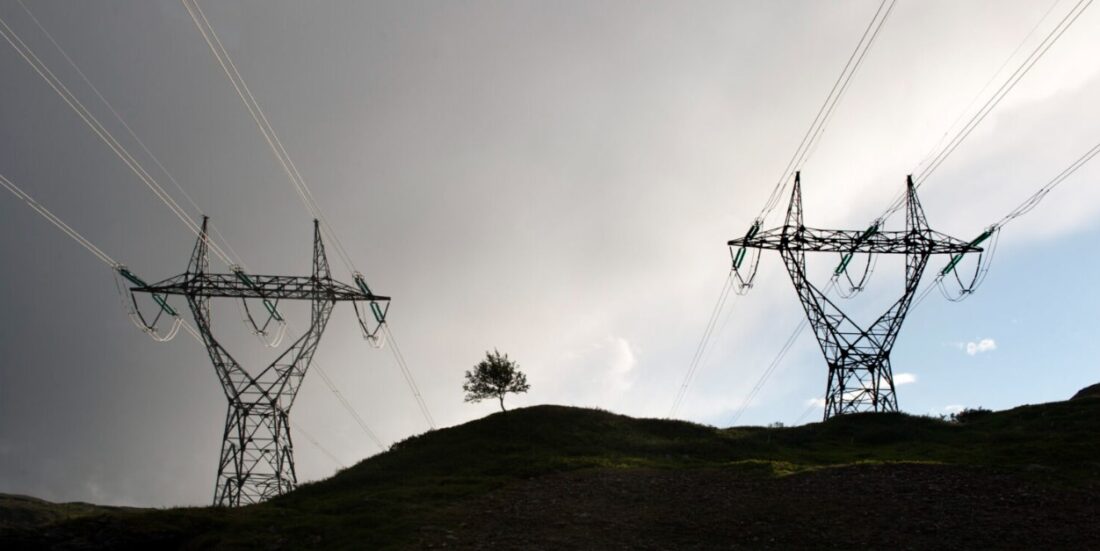How better paper can save billions in the power grid
Norway can save investment costs of a staggering 25 billion NOK [ca. €2.1 billion] in the power grid by upgrading the quality of insulation paper used in transformers – dramatically increasing their lifespans.
This op-ed on how upgraded paper in transformers can deliver major benefits was first published in Norwegian in Dagens Næringsliv, Norway’s leading business newspaper since 1890. Op-eds express the authors’ own opinions.
The price tag of Norway’s upcoming electrification – and with it, the size of your future electricity bills – is partly determined by the lifespan of transformers.
Transformers are the heart of the power grid. Inside them, ‘impregnated paper’ is used as insulation material. More than 40 years ago, SINTEF, one of Europe’s largest independent research institutes, and NTNU, Norway’s biggest university, showed that switching to a thermally upgraded paper type could greatly extend transformer lifespan, leading most Norwegian and many European grid operators to require its use in new transformers.
We’ve now crunched the numbers, and our calculations show that this ‘paper innovation’ has made the future renewal of the power grid dramatically cheaper than it otherwise would have been.
We discovered that by replacing ordinary insulation paper with a higher-grade version could double the lifespan of transformers.
How great these savings on transformers will be in the future rests on the choices the energy sector makes today.
Aging of paper – key to transformer lifespan
Transformers are electrical apparatus that adjust the voltage in the power grid to a level suited for transmission and distribution to the end-user.
For more than a hundred years, the world has relied on compressed sheets of paper to insulate the windings inside of transformers. The way this paper ages is what ultimately determines how long a transformer can stay in service.
In the 1980s, SINTEF and NTNU began studying this issue through long-term research projects for the Norwegian power industry, with Statnett (Norway’s state-owned transmission system operator) and Elvia (one of the country’s largest regional grid companies) as key contributors. At that time the investment rate in the grid was down to 1 percent, which was thought to be too low for retaining a high security of supply.
We discovered that by replacing ordinary insulation paper with a higher-grade version could double the lifespan of transformers.
The research revealed that transformers age more slowly than first assumed, largely because ambient temperatures and electrical loads turned out to be much lower than what the apparatus were originally designed for.
As a result, we found that the lifespan of most transformers was well over 50 years. That longevity is determined above all by how the paper ages: insulation paper gradually deteriorates in quality, and the pace of that aging accelerates with higher loads and temperatures.
The cost-saving ‘eureka!’ moment: Transformers that can last a century
The research also brought an unexpected discovery: if transformer manufacturers replaced traditional insulation paper with paper infused with nitrogen compounds – substances that make paper more resistant to heat – the lifespan of many transformers could be extended from 50 years to 100 years.
Over the past 25 years, Norway has acquired around 1,300 new large power transformers. The value of these investments amounts to well over 25 billion NOK [ca. €2.1 billion], measured in 2024 acquisition costs.
Most of these transformers are built with thermally upgraded paper. This means we can expect them to last twice as long as they otherwise would have. The need to purchase new transformers as replacements could therefore be cut in half – yielding savings equivalent to 25 billion NOK [ca. €2.1 billion] in 2024 terms.
These savings clearly show the value of research. In total, the research that produced this ‘paper innovation’ cost 42 million NOK [ca. €3.6 million] funded equally by public and private sources.
For you and me, the payoff is simple: our electricity bills are lower than they otherwise would have been.
Removing bottlenecks for grid operators by pushing the limits
The upgraded paper can also make it possible to increase the load and operating temperature of transformers – in other words, to ‘run them harder.’
Roughly speaking, the upgraded paper allows the operating temperature to be increased by about eight degrees, while still giving the transformer the same lifespan it would have had with ordinary paper. This in turn opens the door to boosting transformer capacity by an estimated 5 percent.
For grid operators, this opens the possibility of removing bottlenecks in the system.
Many transformer factories shut down after the energy boom ended around 1990, making delivery times for new transformers longer and increasing the price tags considerably.
In practice, operators that were planning to install a new transformer alongside an existing one can delay the purchase by running the current transformer harder – solving the immediate problem of procurement by providing flexibility.
However, the overall savings will not be as large, or as easy to realise, as they would be if transformers were run under normal conditions, which is what the 25-billion-NOK calculation assumes.
Long lifespan means a smaller environmental footprint
Together with the industry, SINTEF and NTNU continue to study various aspects of the inner workings of transformers – their ‘inner life,’ so to speak – including environmentally friendly insulating fluids and the wear from new operating patterns linked to renewable power production and battery charging.
Materials technology is another key field for us, since high-quality materials are crucial both for performance and for the lifespan of transformers.
The knowledge we gain through our research matters not only for the cost of grid development, and the size of our electricity bills. Transformers with a long lifespan also leave a smaller environmental footprint and consume less resources.


